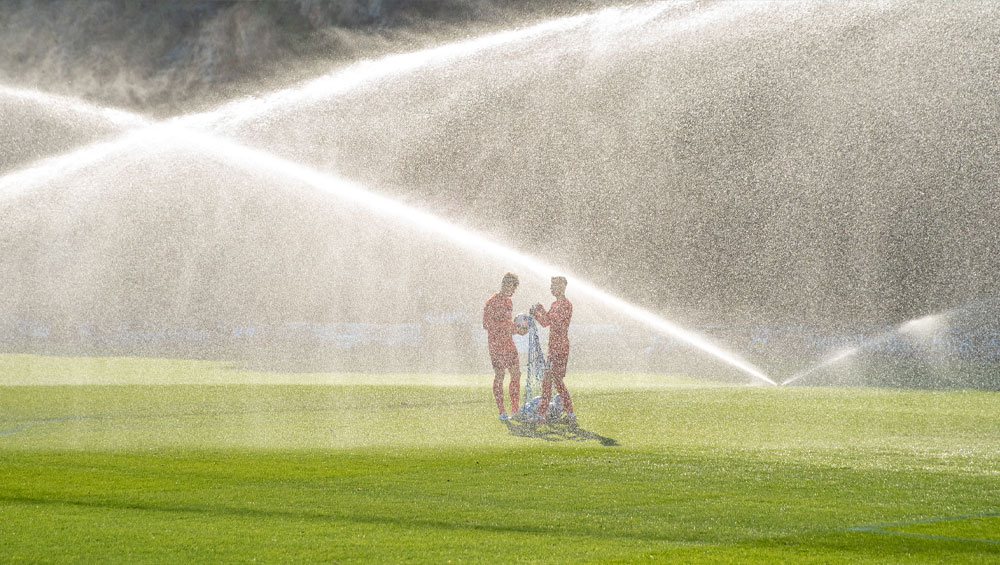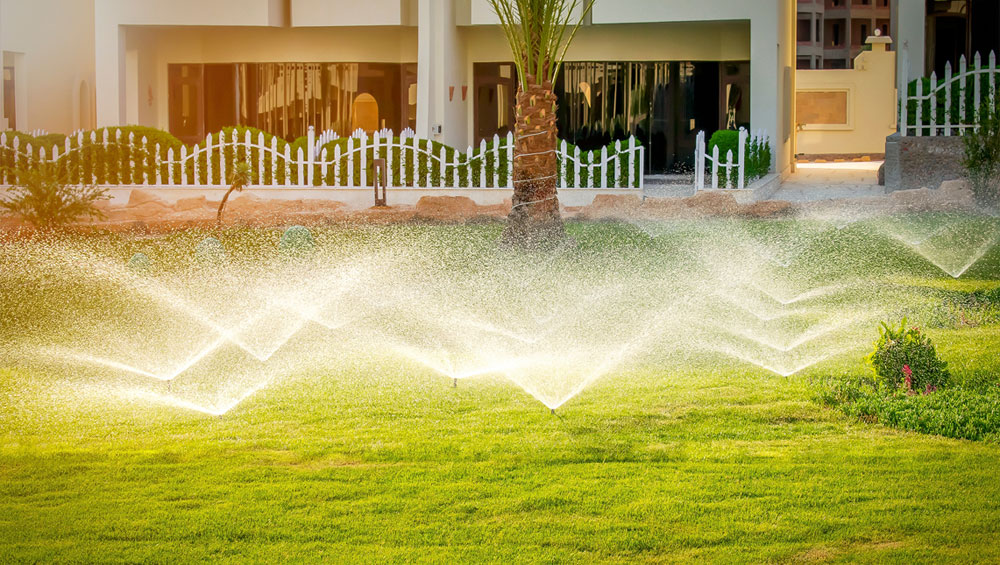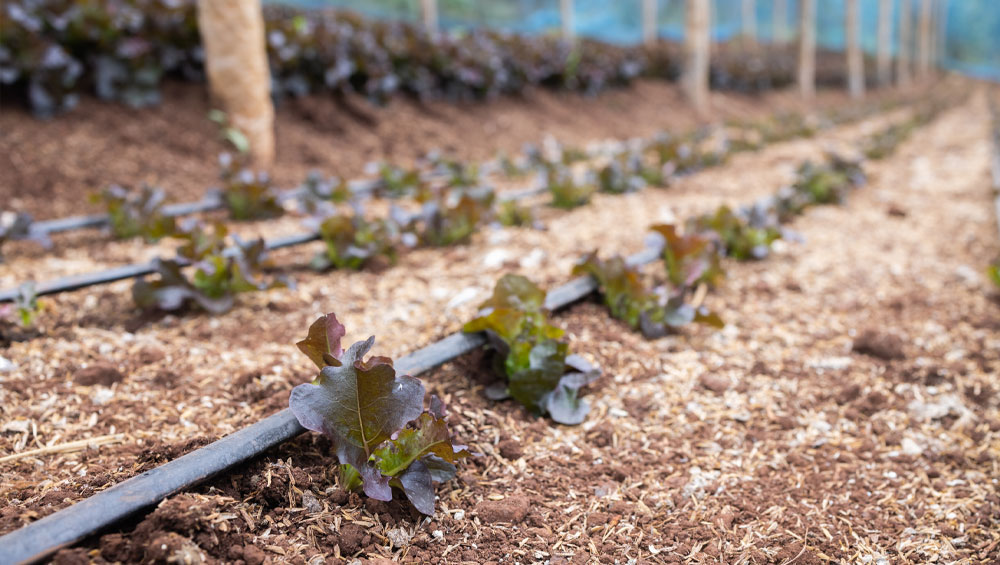Amidst rising water scarcity and climate shifts, landscaping upkeep gains significance. Certain states mandate reduced outdoor watering to conserve water. Even where not enforced, responsible water usage remains vital for the environment, communities and finances. Water conservation is paramount.
This article explores the importance of automatic lawn irrigation for sustainable watering practices and provides tips to drought-proof your yard.
A Guide to Efficient Lawn Irrigation
A meticulously tended yard enhances your home’s curb appeal and offers numerous environmental, social and economic advantages. Your lawn acts as a natural air filter, reducing heat and absorbing pollutants. A well-watered landscape fosters biodiversity, providing habitat for insects, birds and wildlife. Additionally, research indicates that well-kept landscapes can boost property value by as much as 20%.
It’s often forgotten that neglecting lawn watering affects trees too. Trees offer more than shade; they purify air by producing oxygen and absorbing carbon dioxide, while serving as habitats for wildlife. Without water, trees become stressed, vulnerable to diseases and pests.

Expert Tips for Watering Your Plants
Automatic lawn irrigation systems guarantee optimal watering for your lawn, preventing overwatering and promoting water conservation. Embrace sustainable landscaping with these tips to maximize your irrigation system:
Early Morning Watering
Take into account the time and frequency of watering. Early morning is optimal for lawn watering due to lower temperatures, reducing water loss. Adjust schedules based on weather, watering less in rainy periods. Use ARC 8 Smart Residential Controller to manage settings via smartphone, adapting to local forecasts.

The “Cycle and Soak” Method for Efficient Watering
Certain California areas enforce watering restrictions on specific days. Less frequent watering fosters deep root growth, aiding plants in enduring dry spells. Avoid wasteful run-off by employing “cycle and soak” scheduling, ensuring plants receive adequate hydration without excess water drainage.
How to Monitor Your Water
If your water bill spikes inexplicably, inspect your irrigation system for leaks. Repair or replace malfunctioning equipment promptly. Consider consulting a local irrigation contractor if necessary.
Upgrade to High-Efficiency Equipment
Research indicates that upgrading irrigation technology saves more water than consumer restrictions. Explore simple ways to enhance your irrigation system for efficiency.

Pressure Regulating Stems (PRS)
With every 10 psi reduction in water pressure, sprays save 5% more water and rotors save 7%. California now requires PRS technology in new sprays due to its proven efficiency boost. Upgrade your existing sprays with this mandated technology.
Weather-Based Controllers
Weather-based controllers like the ARC 8 Smart Residential Controller use local weather data to prevent over-watering, saving nearly 7,600 gallons of water yearly for the average home.
Drip Irrigation
Low-volume drip irrigation systems maintain landscape health with over 90% efficiency by delivering water directly to each plant’s root zone. This targeted approach minimizes runoff and evaporation, making it ideal for containers, flower beds, trees and shrubs.

Rotary Nozzles for Sprays
By retrofitting existing spray bodies with rotary nozzles, water savings can increase by up to 30% compared to standard ones. Rotary nozzles distribute water slowly and precisely, minimizing runoff and erosion while giving the soil ample time to absorb moisture.
Water conservation is crucial, especially with worsening climate change. Opting for efficient watering methods like automatic lawn irrigation is key. Using tools such as weather-based controllers, pressure regulating stems, rotary nozzles and drip irrigation can significantly cut water usage while keeping your landscape lush. Making these sustainable choices helps preserve water resources. Every drop saved today builds a more sustainable tomorrow.
